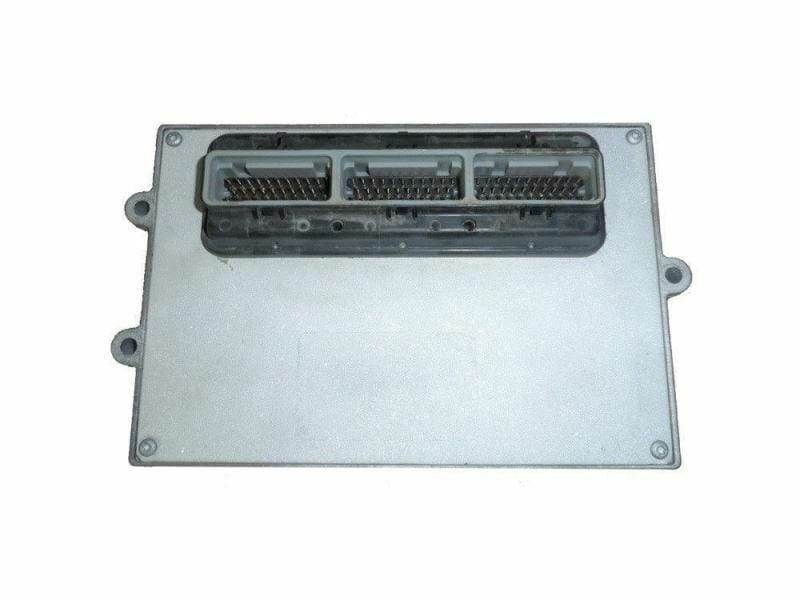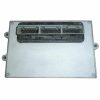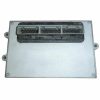Get Your Dependable Dodge Van Back in Service
Is your trusty 1996-1997 Dodge Van letting you down? When your van is your livelihood, unexpected stalling, a no-start condition, or unpredictable engine behavior isn’t just an inconvenience—it’s a critical problem that costs you time and money. A failing Engine Control Module (ECM) is often the hidden culprit behind these frustrating issues. This professionally prepared ECM is the definitive, no-hassle solution to restore your van’s reliability and get you back on the road with confidence.
Common Symptoms & Your Solution
If you’re experiencing any of the following, a faulty engine computer is the likely cause. This unit is designed to permanently resolve these problems:
- Complete no-start condition where the engine cranks but won’t fire up.
- Intermittent stalling, especially after the engine has warmed up.
- Rough or erratic idling and poor throttle response.
- Noticeable decrease in fuel economy.
- Check Engine Light with codes that suggest sensor failure (like O2, MAP, or TPS), even after replacing the sensors.
- Harsh or incorrect automatic transmission shifting.
Installing this pre-programmed 1996-1997 Dodge Van 5.2L ECM is the most effective way to correct these issues at their source, providing a stable and reliable foundation for your van’s engine management system.
Features & Tangible Benefits
- ✔ Completely Plug & Play: This unit arrives at your door fully programmed to your van’s specific Vehicle Identification Number (VIN) and mileage. No expensive trips to the dealership for programming are required.
- ✔ Fast, Straightforward Installation: Simply disconnect the battery, swap the modules, and reconnect. This minimizes your downtime, getting your van back to work faster.
- ✔ Solves Frustrating Electrical Gremlins: Engineered to correct the root cause of confusing engine codes and erratic performance, saving you from replacing perfectly good sensors.
- ✔ Broad Part Number Compatibility: This module is a direct replacement for a wide range of original part numbers, including 4886783, 56040732, 05014152AA, 56040372AD, and 05278326AB.
- ✔ Purchase with Confidence: This unit is backed by our one-year replacement warranty.
Pro-Tip from a Veteran Technician
Before installing your new 1996-1997 Dodge Van 5.2L ECM, take 10 minutes to inspect and clean your main engine-to-chassis ground connections. On these older Dodge vans, a corroded or loose ground strap can cause voltage issues that mimic ECM failure and can even damage a new unit. A clean, tight ground connection is the best insurance for a successful and long-lasting repair. Check the ground strap from the engine block to the firewall or frame—it’s a simple step that can save you a major headache.
Frequently Asked Questions
Is this engine computer really plug and play?
Yes, absolutely. We flash the module with your vehicle’s specific VIN and current mileage before shipping. This ensures it communicates perfectly with your van’s existing systems right out of the box, with no additional programming needed.
What information do you need from me?
After you place your order, we will need your 17-digit Vehicle Identification Number (VIN) and the current mileage from your odometer. This allows us to program the unit specifically for your van.
Where is the ECM located on my 1996-1997 Dodge Van?
The Electronic Control Module is typically located on the center of the firewall in the engine compartment. It’s a silver metal box with large electrical connectors.
Will this fix my transmission shifting problems?
In many cases, yes. The ECM plays a critical role in controlling the 4-speed automatic transmission in these vans. If the computer is sending faulty signals, it can cause harsh shifting, delayed engagement, or failure to shift. A new 1996-1997 Dodge Van 5.2L ECM often resolves these transmission control issues.
What should I do after installing the new module?
After installing the ECM and reconnecting the battery, it’s a good idea to clear any old trouble codes with a standard code reader. Then, start the vehicle and let it idle for a few minutes. Take it for a test drive to allow the computer to complete its internal self-tests and adapt to your vehicle’s sensors.


